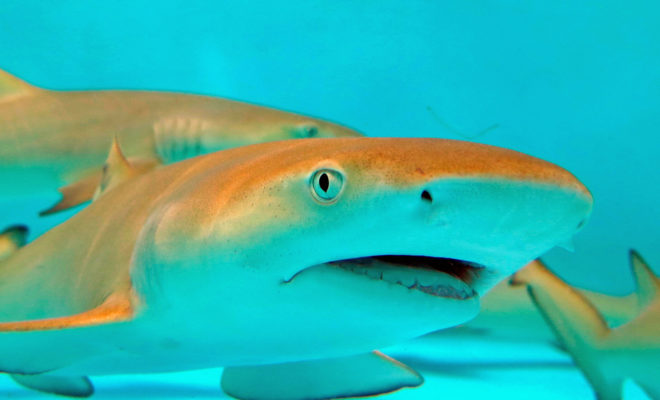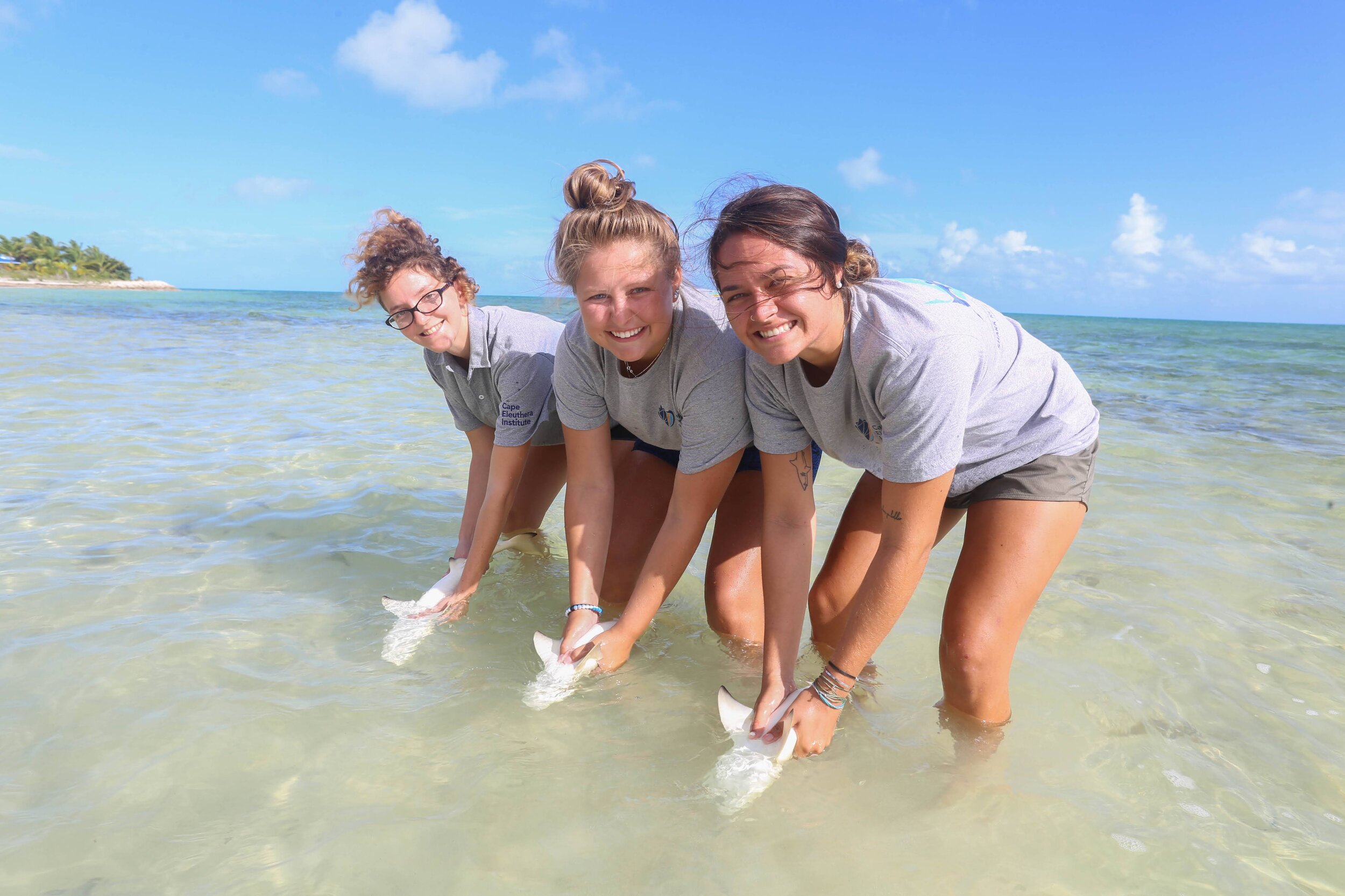Marine scientists have a hard time figuring out who eats who. On land, you can directly observe predation or study the scat that animals leave behind. In the ocean, it isn’t so simple. Fish poop immediately mixes with seawater and is difficult to collect, and fish often feed out of sight. Historically, scientists have turned to lethal methods like dissection and gut content analysis, or, for a non-lethal alternative, stomach lavage (essentially a stomach pump) to study fish diet. Over time, less invasive techniques have been developed. Stable isotope analysis, for example, can provide information about where a fish fits into the local food web and even whether it feeds primarily along the coast or far out to sea. All of these techniques have limitations. In a shark’s stomach, for example, you may find a piece of bone suggesting that it ate a bony fish, or a beak suggesting it ate a type of squid. But determining the species that those parts belong to can be difficult.
Students at The Island School and Cape Eleuthera Institute assisted with the experimental swab routine to determine shark diet. Here, CEI researchers prepare to release three of the lemon sharks used in the study.
In Fall 2019, the Cape Eleuthera Institute collaborated with scientists at the Georgia Aquarium and Florida International University to develop a new technique of determining fish diet. We brought juvenile lemon sharks into the wetlab at CEI and fed them a known diet while swabbing their cloaca with a cotton swab every day. Then, we analyzed those swabs to see if we could detect DNA from the shark food without incurring contamination from the surrounding seawater. It ended up working really well! Meanwhile, other scientists were collecting samples in the same way from wild bull sharks in the Florida Everglades, which provided a realistic summary of bull shark prey in that region. Our controlled feeding experiment validated the technique, and their wild sampling efforts demonstrated its use in realistic field conditions. We are encouraged by its success and will now use these fecal swabs to learn more about the diet of wide-ranging, poorly studied silky sharks in The Bahamas.
To learn more, read the published study here.

